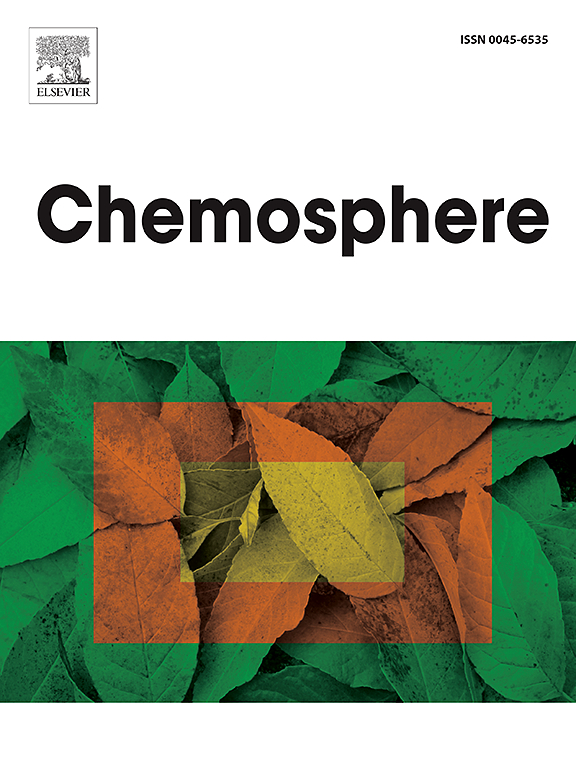Postprocessing methods based on minimum detectable amount and method blank for data reporting of particle count and refining estimation of matrix spike recovery in environmental microplastics analysis
IF 8.1
2区 环境科学与生态学
Q1 ENVIRONMENTAL SCIENCES
引用次数: 0
Abstract
Data handling that converts the raw data into a deliverable dataset is a necessary step in any analytical work. This procedure involves applying detection limits to shaping the raw data to form a deliverable dataset. The detection limit for microplastics analysis is the minimum detectable amount (MDA) that can be calculated from the particle counts of procedural blank samples following the rules of the Poisson distribution. Currently, there is a lack of adequate data reporting guidance encompassing the MDA for microplastics analysis. The goal of this study was to establish a robust protocol for processing count-based raw data using the particle counts of the MDA and the procedural blank. Utilizing the dataset of an interlaboratory comparison exercise, effectiveness of the protocol was elaborated to generate a deliverable dataset and to accurately define the matrix spiking recoveries. The guidance was applied to the raw data of all size fractions (1 - >500 μm), four individual size fractions (>500, 212–500, 20–212, 1–20 μm), and two morphologies (fiber and non-fiber). Six possible data reporting scenarios were identified, with the raw data ranging well above the MDA to below the critical value. One-third (12 of 34) of the raw data for all size fractions needed blank-MDA corrections. The mean values of the spiking recoveries decreased by up to 10 % after performing the data reporting guidance. Application of this suggested data reporting guidance may be beneficial for high quality data for microplastics analysis.

求助全文
约1分钟内获得全文
求助全文
来源期刊

Chemosphere
环境科学-环境科学
CiteScore
15.80
自引率
8.00%
发文量
4975
审稿时长
3.4 months
期刊介绍:
Chemosphere, being an international multidisciplinary journal, is dedicated to publishing original communications and review articles on chemicals in the environment. The scope covers a wide range of topics, including the identification, quantification, behavior, fate, toxicology, treatment, and remediation of chemicals in the bio-, hydro-, litho-, and atmosphere, ensuring the broad dissemination of research in this field.
 求助内容:
求助内容: 应助结果提醒方式:
应助结果提醒方式:


